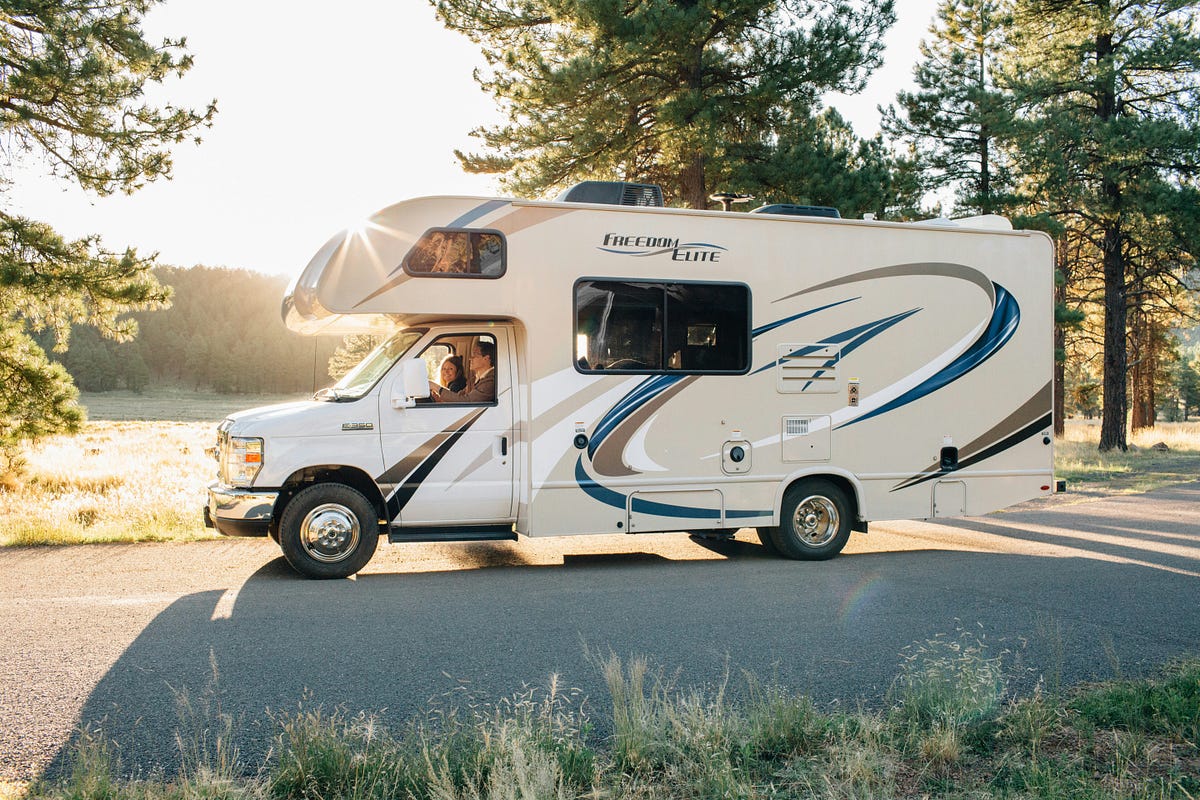
Step 1: Buckle Up — We’re Going on a Road Trip
Imagine this: You’ve just inherited a project. Maybe it’s your first. Maybe it landed in your lap with all the grace of a bowling ball tossed from a balcony. Either way, there it is — staring back at you. Deadlines, team members, budgets, goals. Everyone’s looking to you for direction. You nod confidently… and internally scream, “Where the heck do we even start?”
Now picture that project as a road trip.
You’ve got a team (your passengers), a goal (your destination), and a limited supply of time, money, and snacks (your resources). The question is: how do you get there without veering off a cliff, breaking down or turning your back seat into a stress-induced therapy circle?
That’s where project management methodologies come in.
Think of them as the route planners, travel guides and GPS systems that help you get from “just an idea” to “mission accomplished” in one piece. Some give you turn-by-turn instructions. Others just hand you a compass and say, “Figure it out, adventurer.”
And here’s the kicker: there’s no one-size-fits-all answer. Some trips demand a detailed itinerary. Others thrive on pit stops and spontaneous detours.
Knowing which method to use — Waterfall, Agile, Scrum, Kanban, or a hybrid mashup — can mean the difference between cruising to success or breaking down on the side of the road while your team Googles “how to lead a mutiny.”
In this guide, I’ll ride shotgun and help you:
- Understand the major methodologies.
- Match them to the kind of project (and team) you’re working with.
- Spot the strengths, risks, and personalities of each approach.
- Make your first (or fiftieth) project journey smoother, smarter, and far less panic-inducing.
No jargon. No ego. Just a seasoned co-pilot walking you through the options like we’re unfolding a road map on the hood of the car.
Ready to roll? First stop: Waterfall.
Step 2: Waterfall — The Classic Cross-Country Road Trip

Picture this: You’ve planned a road trip from New York to San Francisco. You’ve got a spreadsheet with every stop, hotel, meal, and bathroom break mapped out before the engine even starts. That, my friend, is Waterfall.
What is Waterfall?
Waterfall is the old-school, structured approach to project management. It’s linear.
One phase flows into the next like — you guessed it — a waterfall.
Think: Requirements → Design → Implementation → Testing → Deployment → Maintenance.
You don’t move to the next phase until the current one is done. No U-turns. No spontaneous detours. It’s all about predictability.
When Does Waterfall Work Best?
Waterfall is great when:
- The project is well-defined upfront.
- The requirements are unlikely to change.
- You need strong documentation.
- You’re working in industries like construction, manufacturing or defense — where surprises are expensive (and sometimes dangerous).
Waterfall’s Strengths
- Clear structure: Everyone knows what’s happening and when.
- Predictable timeline and budget: Handy for stakeholders who hate surprises.
- Great for regulated environments: You’ve got a paper trail for everything.
Waterfall’s Bumpy Roads
- Inflexibility: Changing plans mid-trip? Forget about it.
- Delayed feedback: You don’t see the results until the very end.
- Can feel like a freight train: Once it’s moving, it’s hard to stop or pivot.
Step 3: Agile — The Spontaneous Scenic Route

Now let’s switch it up. You’re still headed to San Francisco, but this time, you’ve got a general direction, a full tank, and a playlist called “We’ll Figure It Out.” That’s Agile.
What is Agile?
Agile is all about flexibility, collaboration and responding to change.
Instead of one giant plan, Agile breaks your trip (and your project) into smaller legs called sprints — short, focused bursts of work that result in something usable at the end.
It’s like saying, “Let’s drive to Chicago, see how we feel, and then decide what’s next.”
Agile Principles, in Plain English
- Customer collaboration over contract negotiation: Work with your passengers, not just for them.
- Responding to change over following a plan: If the Grand Canyon calls, take the detour.
- Working software over comprehensive documentation: Show, don’t tell.
- Individuals and interactions over processes and tools: A good team beats a fancy dashboard.
When Does Agile Shine?
Agile is ideal when:
- Requirements are likely to evolve.
- You’re building software or digital products.
- You want continuous feedback and fast iterations.
- Your team thrives on collaboration and flexibility.
Agile’s Strengths
- Adapts to change: Mid-trip inspiration? Go for it.
- Frequent value delivery: You see progress every sprint.
- Empowered teams: The crew helps decide the route.
Agile’s Flat Tires
- Less predictable: Timelines and costs can be squishy.
- Needs experienced teams: Beginners can get lost without guidance.
- Can go off-track: Too much freedom = risk of aimless driving.
Step 4: Inside the Agile Vehicle — Scrum, Kanban, XP, LeSS, and SAFe

So, you’ve chosen the scenic Agile route. But wait — what kind of Agile vehicle are you driving? Is it a zippy motorcycle, a minivan with a chore wheel or a corporate caravan with ten teams and a megaphone?
Agile isn’t just one approach. It’s a family of frameworks, each with its own vibe and velocity. Let’s explore the most common ones:
🚐 Scrum — The Minivan with a Chore Schedule
Scrum runs on short, fixed-length sprints (usually 2 weeks), guided by clearly defined roles and rituals.
- Product Owner: Decides the “what.”
- Scrum Master: Keeps the process running smoothly.
- Development Team: Delivers the work.
Rituals include Sprint Planning, Daily Standups, Sprint Review and Retrospective.
Best for: Teams that like rhythm and structured collaboration.
Check out this article for a more in depth view about Scrum:
🛵 Kanban — The Motorcycle with a Visual Map
No fixed roles or sprints — just a visual board that shows what’s in progress and what’s done. It’s Agile’s most lightweight option.
- Use columns like “To Do,” “In Progress,” and “Done.”
- Limit how much you do at once (WIP limits).
Best for: Teams with continuous workflows (support, operations, content).
Check out this article for a more in depth view about Kanban:
🚲 XP (Extreme Programming) — The Tandem Bike Built for Speed and Safety
XP emphasizes top-tier engineering practices:
- Pair programming
- Test-driven development
- Continuous integration
Best for: Software dev teams that want speed and stability.
🚎 LeSS (Large-Scale Scrum) — The Agile Party Bus
Multiple Scrum teams, one Product Owner, one backlog, one mission.
Best for: Mid-size orgs coordinating several teams without bureaucracy.
🚌 SAFe (Scaled Agile Framework) — The Corporate Tour Bus
Big org? Big teams? Big stakes? SAFe brings a structure-heavy version of Agile to the enterprise.
- Includes roles like Release Train Engineer and Architects.
- Works in Program Increments (like Agile seasons).
Best for: Large enterprises that need cross-team coordination with some guardrails.
Step 5: Hybrid Approaches — The RV Life

So what if you like a solid plan and a little freedom? That’s where hybrid methods roll in. Like an RV trip, you set key destinations but leave space for adventure.
Agile-Waterfall (Wagile or Agilefall)
Plan big phases like Waterfall but execute in Agile sprints. Great when execs want a roadmap, but teams want room to adapt.
Scrum-ban
Combines Scrum’s structure with Kanban’s flexibility. A good choice when you like planning but hate rigidity.
Check out this article for a more in depth view about Scrumban:
Lean
Focuses on delivering value and cutting waste. Like only stopping at the really good gas stations.
Best for: Startups or teams on a tight budget.
Hybrid Strengths
- Balanced: Get the best of both worlds.
- Adaptable: Custom-fit for different teams or departments.
- Scalable: Evolves with your project.
Hybrid Hazards
- Complexity: Requires strong communication.
- Confusion: Without alignment, hybrid can become “Franken-methodology.”
Step 6: Road Map Summary — Quick Comparison

Step 7: Mentor Advice — From One Road Tripper to Another

You’ve got the keys. Here’s some final advice before you hit the road:
🚗 Start With Your Destination
Are you building an app, writing a report or constructing a bridge? Different goals need different maps.
🧭 Know Your Crew
A brand-new team may need structure. A senior dev team? More flexibility.
🍪 Don’t Overdo It
Pick one simple method and try it on a small project first. You don’t need a 50-slide deck to plan a weekend getaway.
😂 Embrace the Detours
You’ll make mistakes. The important thing is to learn from them and keep snacks on hand for the rough patches.
💬 Communicate Constantly
Whatever method you use, clear communication is the oil that keeps the engine running.
Step 8: The Final Stretch — Find Your Own Route
We started this journey talking about road trips and that’s what project management really is: navigating the unknown with purpose, people and a plan.
Whether you’re cruising with Agile, mapping out Waterfall or rolling in a customized hybrid RV, remember: the best route is the one that gets your team where they need to go, together.
So go ahead. Start the engine. Take the wheel. You’ve got this.
Found this article helpful? Know someone who’s just starting out or transitioning to project management? Share this article with them and checkout the below one as well:
Written by

Simina F. | howtobecomeapm.com – Author
